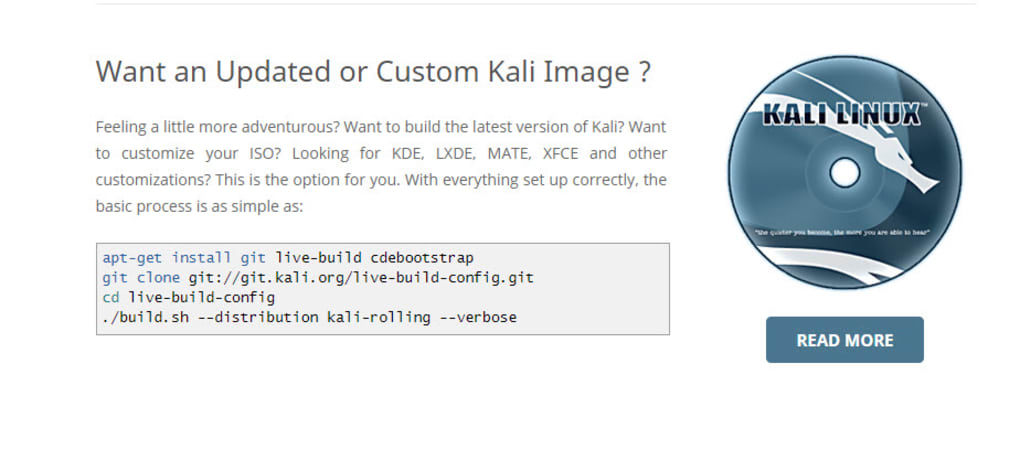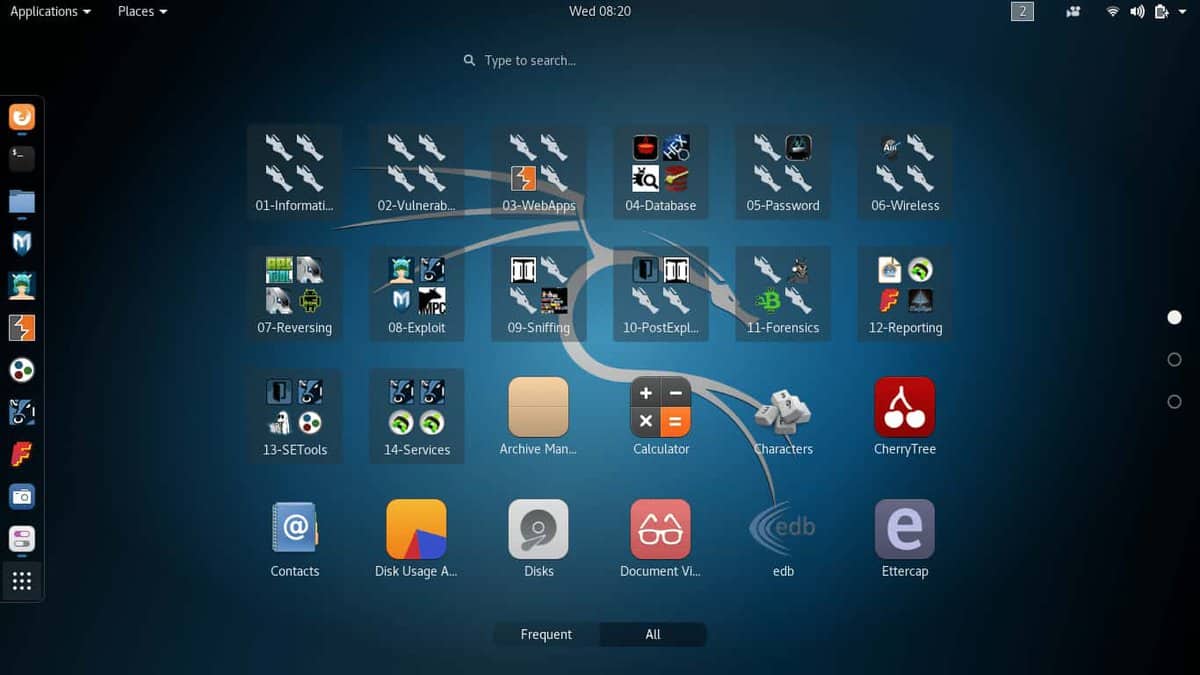


Information security experts and amateurs can use Kali Linux because it is a multi-platform solution that is easily accessible and cost-free.Īround 600 penetration-testing applications (tools) are available in Kali Linux, such as the graphical cyber attack management tool Armitage, the port scanner Nmap, the packet analyzer Wireshark, the password cracker John the Ripper, the automatic SQL injection and database takeover tool sqlmap, the software suite Aircrack-ng for testing wireless LANs, the Burp Suite, the OWASP ZAP web application security scanners, etc. Numerous tools in Kali Linux are geared toward various information security activities, including reverse engineering, computer forensics, penetration testing, and security research. or running many programs at onceĪn open-source Linux distribution built on the Debian operating system, Kali Linux (formerly BackTrack Linux), is designed for sophisticated penetration testing and security auditing. At least 8 GB of RAM is advised when utilizing resource-intensive programs like Burp Suite (and even more if it’s a big web app!).
HOW TO DOWNLOAD KALI LINUX INSTALL
On the higher end, you should actually strive for at least 2 GB of RAM and 20 GB of disc space if you choose to install the default Xfce4 desktop and the Kali-Linux-default metapackage.At the very least, you can use as little as 128 MB of RAM (512 MB is suggested) and 2 GB of disc space to install Kali Linux as a fundamental Secure Shell (SSH) server without a desktop.What you want to install and your configuration will determine the Kali Linux installation requirements. Connected to a network(with DHCP & DNS enabled) that has overpower internet access.Throughout the course, we will discuss additional possibilities that might occur. In this example, we won’t have any pre-installed operating systems because we’ll be installing Kali Linux in a brand-new guest VM.


 0 kommentar(er)
0 kommentar(er)
